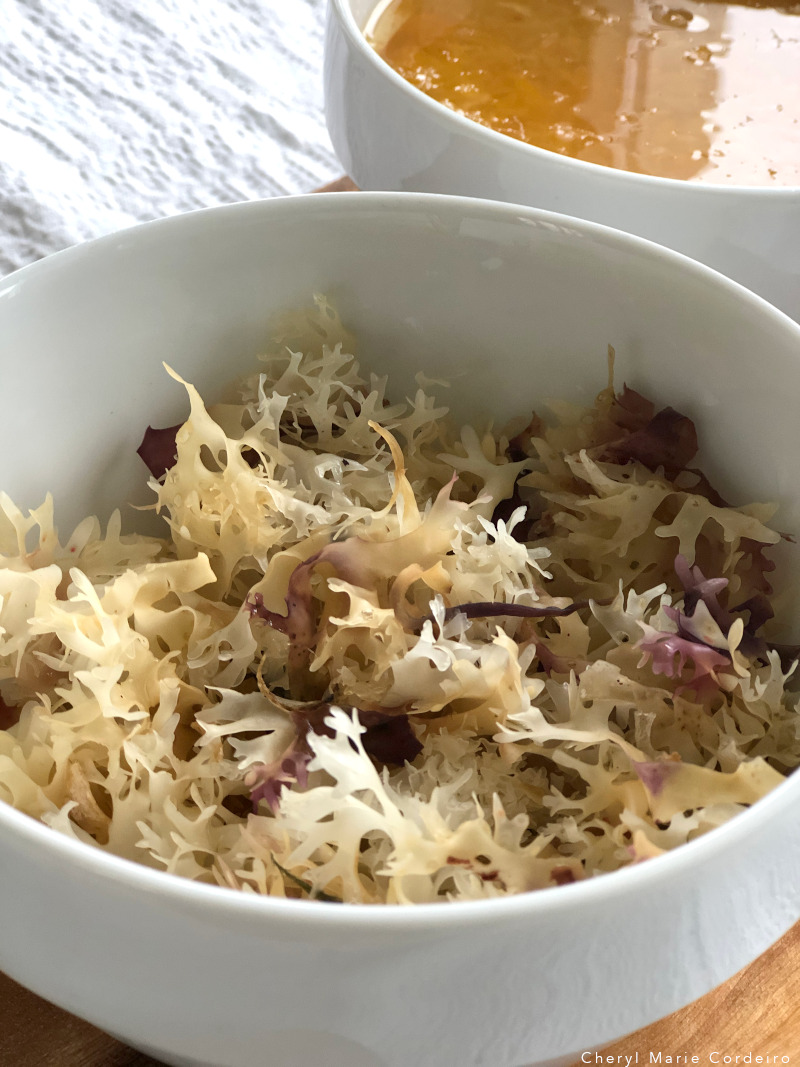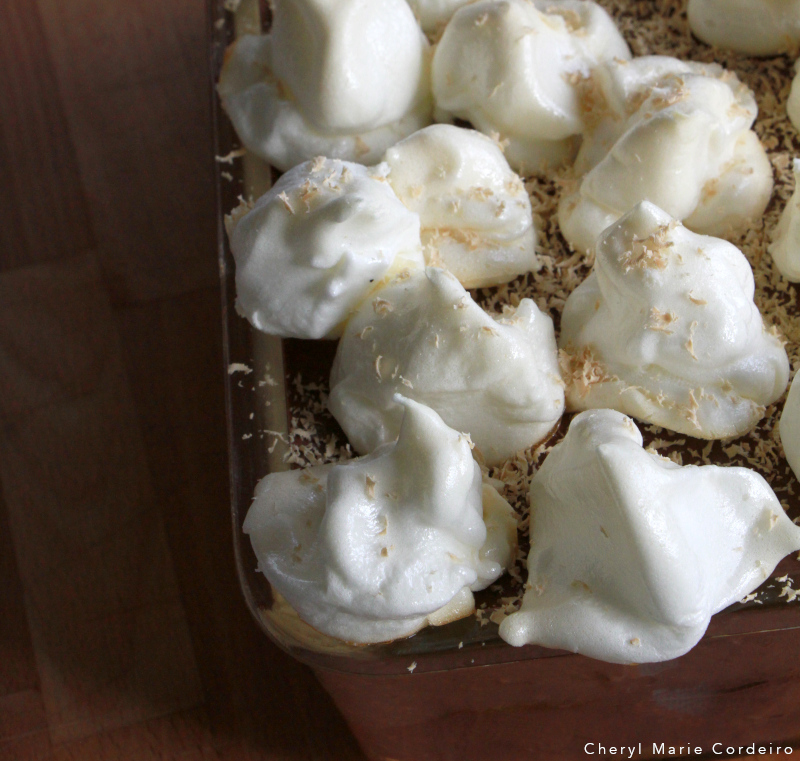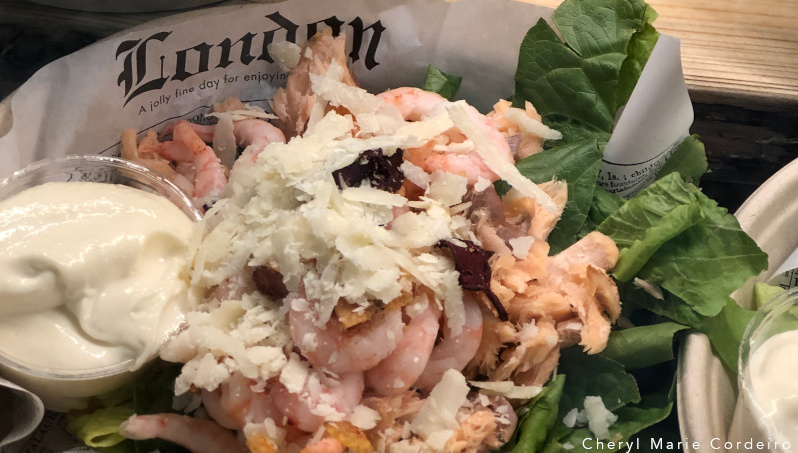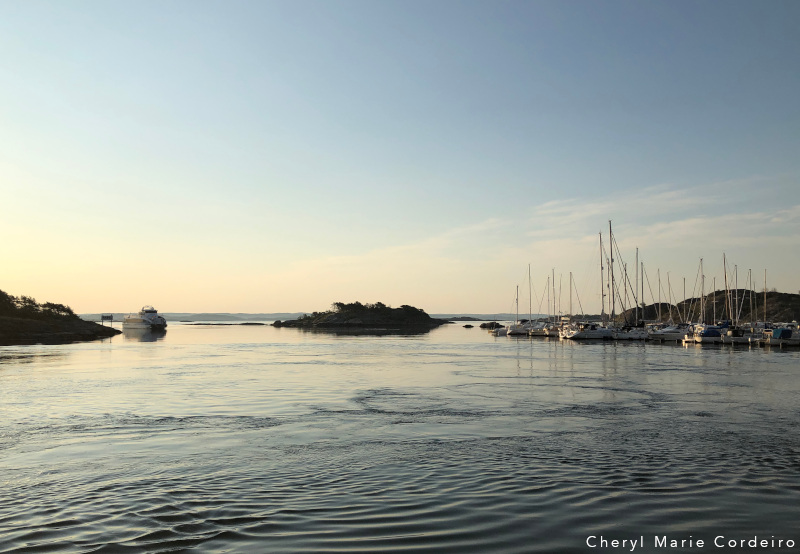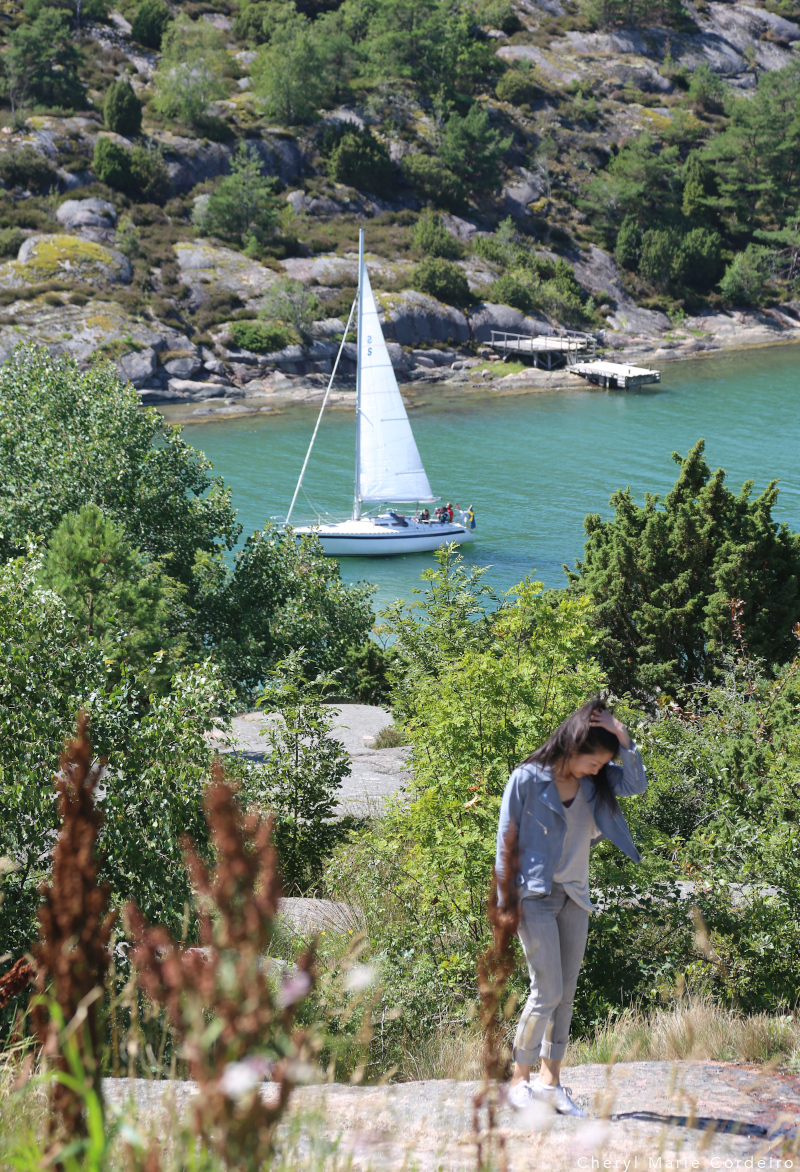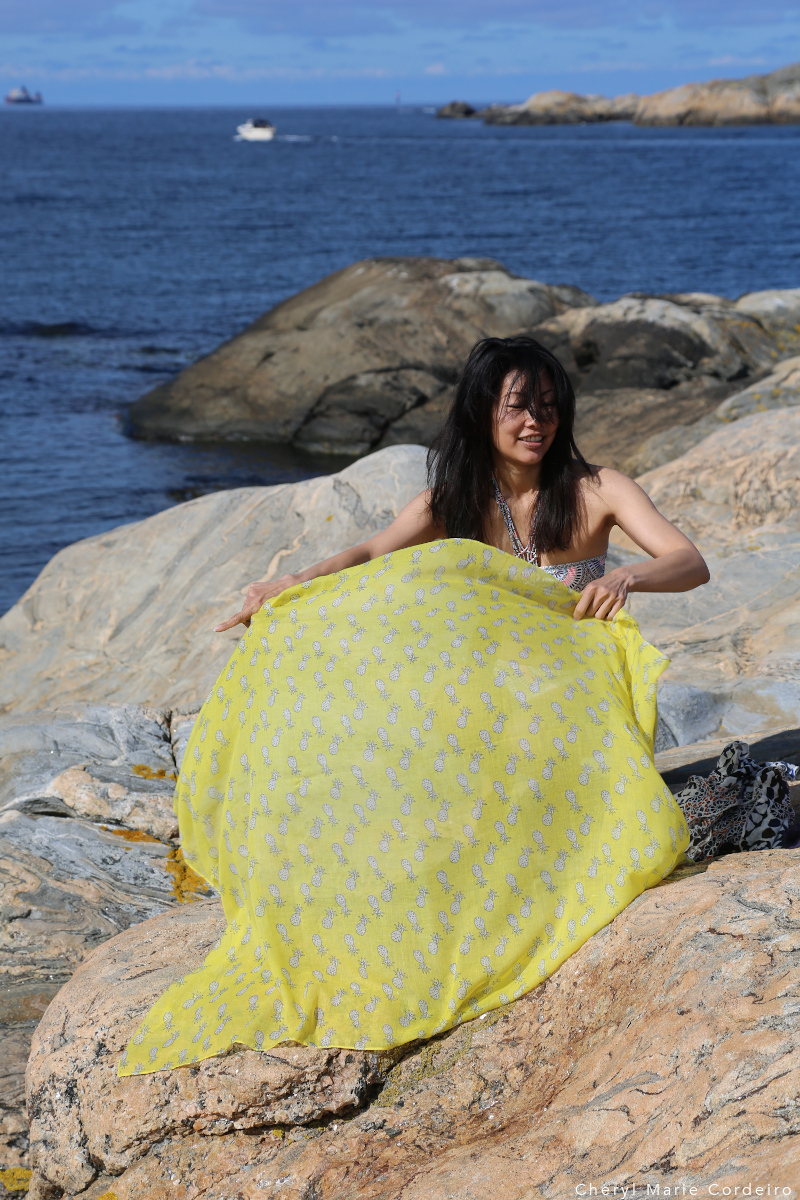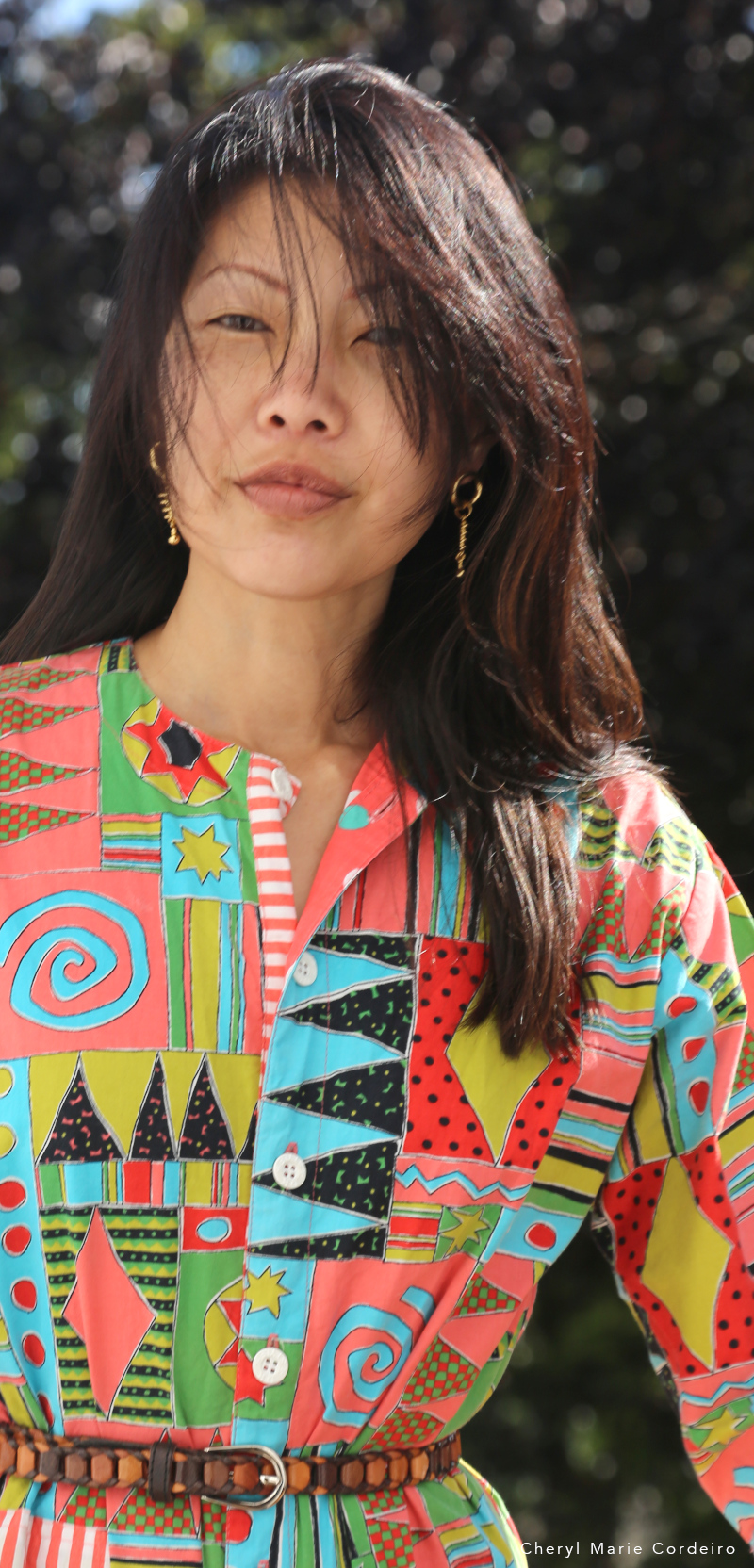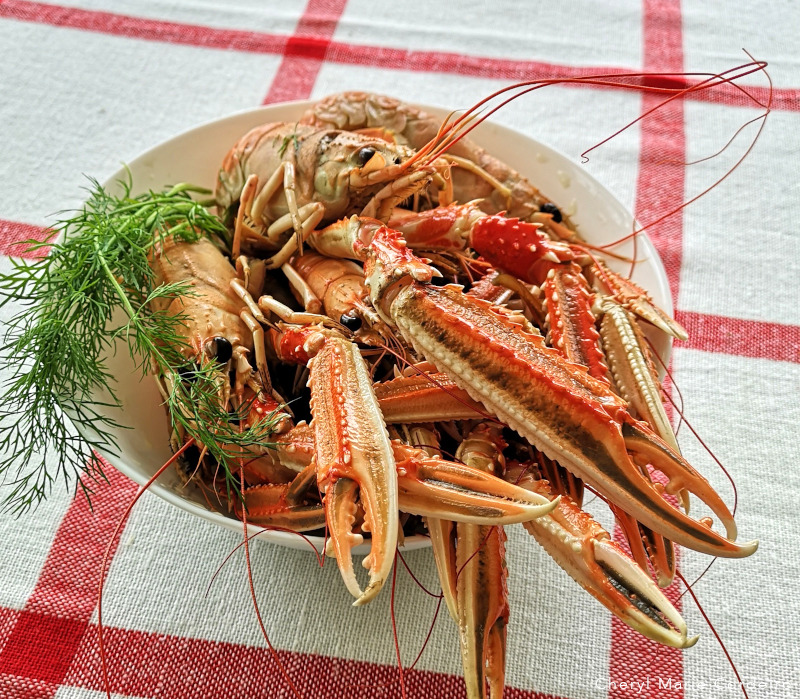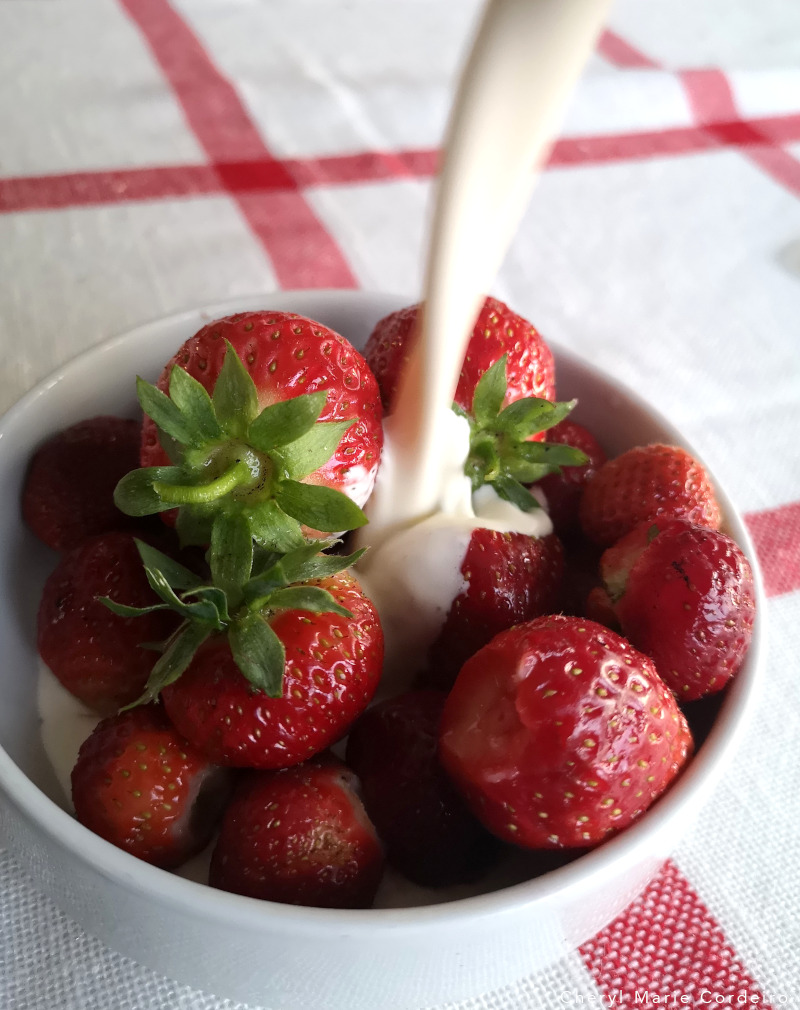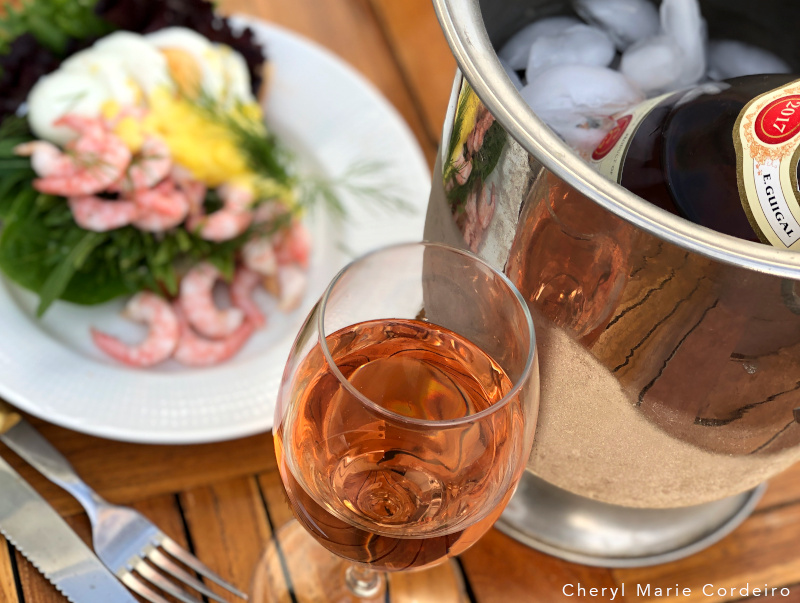Irish moss / sea moss.
Text Photo & Video © JE Nilsson & CM Cordeiro 2020
A couple of months ago, I had an intense interest in learning about the different seaweed varieties and their uses in Nordic cuisine. There are some that are being cultivated in the Nordic countries for commercial purposes, but the more palatable varieties of red and green seaweed are often harvested wild. I found a seaweed company in Ireland that harvested seaweed from the Irish coast and acquired a sample variety of red and green seaweed, one of which is called Irish Moss or Sea Moss.
Continue reading “Swedish sugar cake and Irish Moss marmalade”
